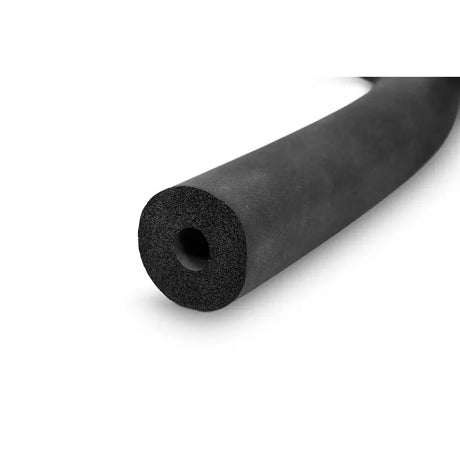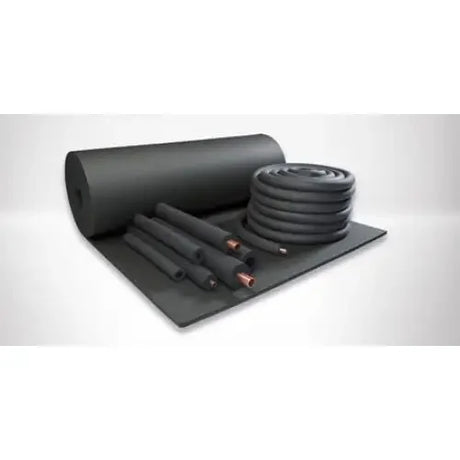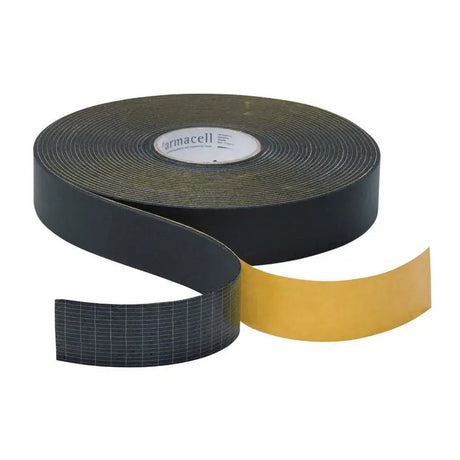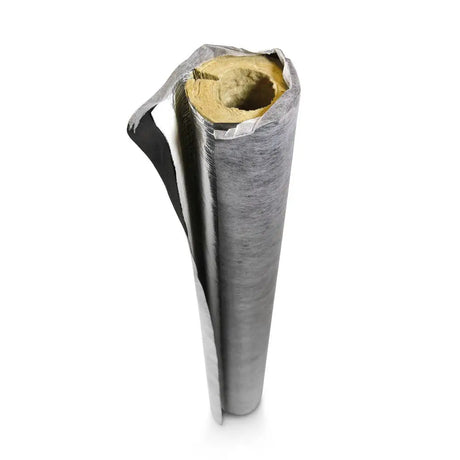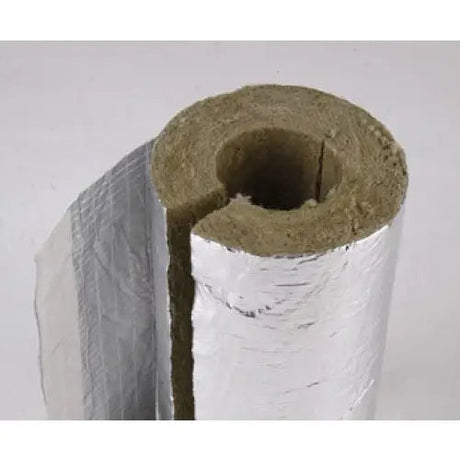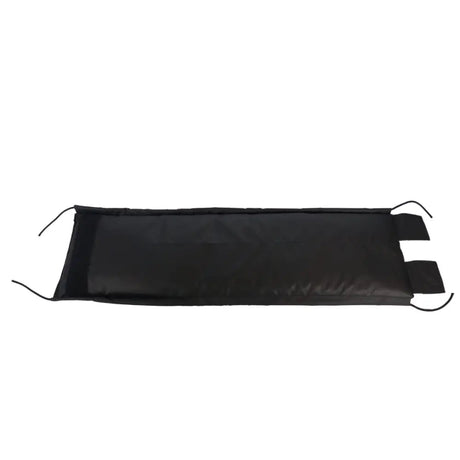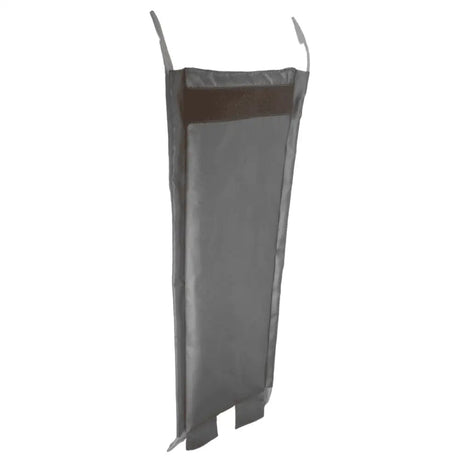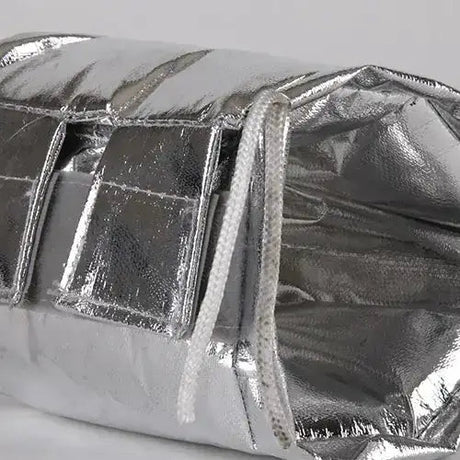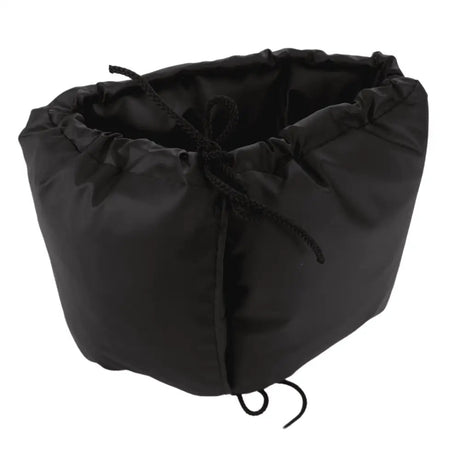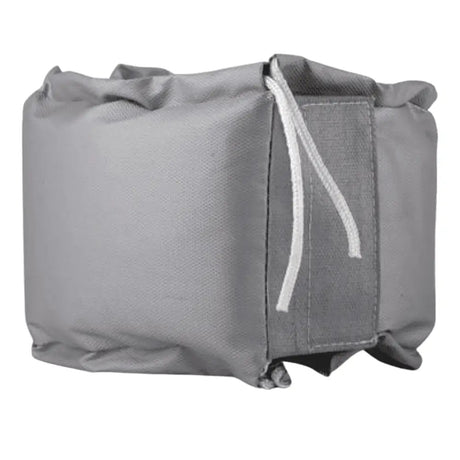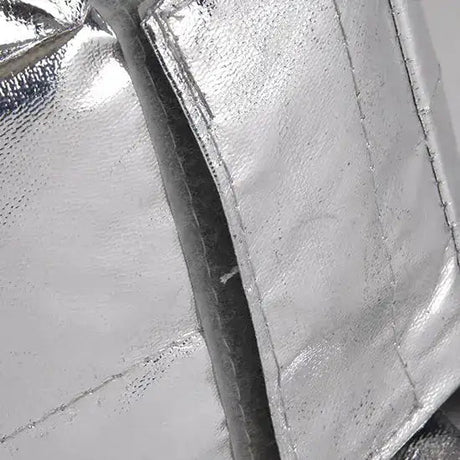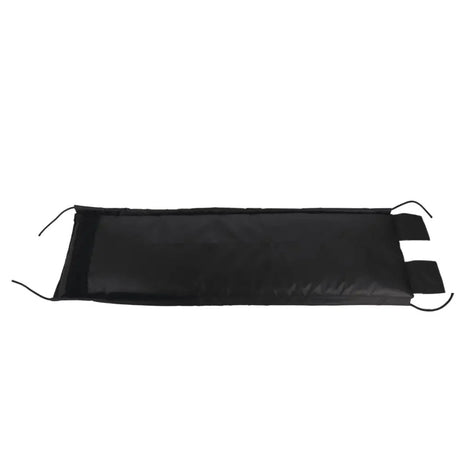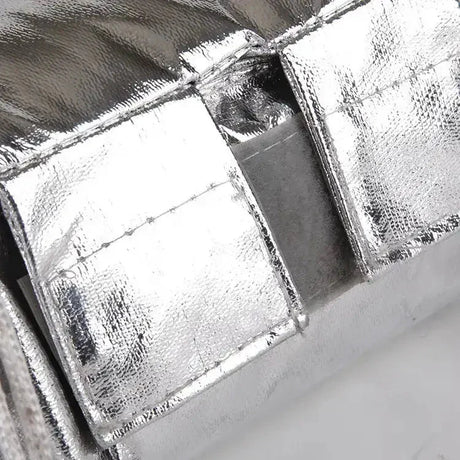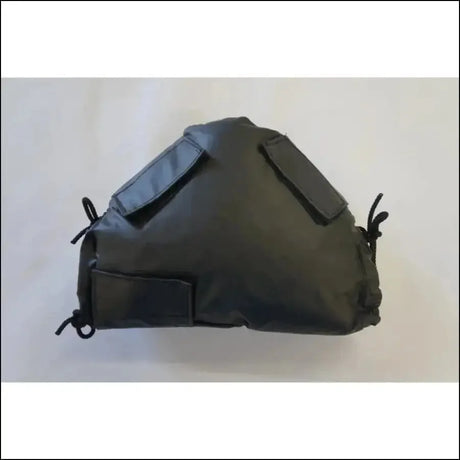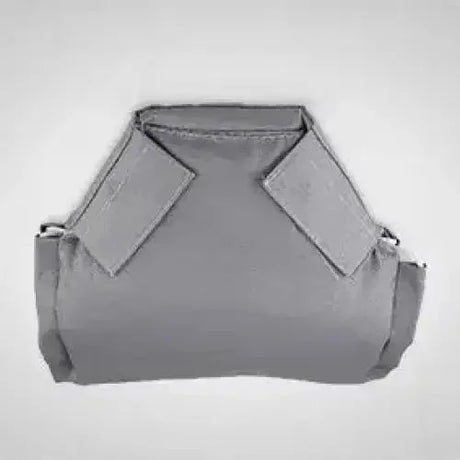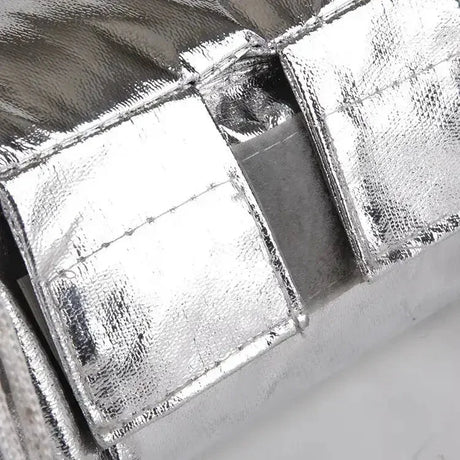Rubber pipe insulation outperforms foam in thermal efficiency, moisture resistance, and durability. Discover if the extra cost is justified for your application.
Discover when insulating PVC water pipes is necessary and when it's not. Read our guide on PVC pipe insulation to make an informed decision.
Insulate your heating pipes to reduce heat loss, lower energy bills, and create a more comfortable home – find out if you should insulate your heating pipes.
For pipe insulation, rubber or foam - which is better? Compare materials and discover the ideal choice for energy efficiency and cost savings.
Don't Risk It: Why Pipes Can Freeze in One Night Without Insulation - Protect Your Home From Costly Burst Pipes With Proper Pipe Insulation.
Discover why the cheapest insulation may not be the most cost-effective for your home. Learn about long-term benefits and quality considerations.
Maximise your HVAC's performance with our expert tips on sealing insulating HVAC ducts for enhanced energy efficiency and comfort in your home.
Explore essential tips and best practices for HVAC duct installation to ensure efficient heating and cooling in your space.
Explore EPDM foam insulation for a robust, thermal and soundproofing solution. Ideal for eco-conscious, energy-efficient UK homes and businesses.
Improve your HVAC efficiency and reduce energy costs with high-quality hvac elastomeric foam insulation. Explore the benefits today.
Explore the properties and benefits of water vapor permeability elastomeric foam for insulation and construction in our in-depth guide.
Explore the essential role of elastomeric foam in enhancing acoustic properties for effective noise management in buildings.
Explore the essential health safety foam insulation practices for a secure home environment. Ensure energy efficiency and indoor air quality with proper use.
Explore our guide on recycling elastomeric foam for sustainable practices and reducing environmental impact. Learn methods and benefits today.
Discover the pivotal role elastomeric foam plays in enhancing industrial insulation, ensuring energy efficiency and sound absorption.
Discover how mold resistance elastomeric foam insulation offers superior protection for your property, marrying durability with high-performance technology.
Discover the robust chemical resistance elastomeric foam offers, and how its properties safeguard against corrosive agents in various applications.
Curious about the adhesive qualities of spray foam insulation on plastic surfaces? Dive into the compatibility and adhesion of different materials, including the properties of polyurethane foam and the chemical bonding process. Explore the importance of surface preparation and the impact of polymer interaction on insulation effectiveness. Ensure the durability and moisture barrier of your next project by understanding the adhesive qualities and installation techniques for spray foam insulation.
Is it safe to leave mineral wool exposed? This article delves into the truth about the potential hazards and safety of leaving mineral wool insulation bare. Expert insights, building codes, fire resistance, moisture resistance, and thermal performance are all crucial factors to consider. Understanding the risks and benefits of this practice is essential for making informed decisions for your home or building.
Unraveling the Mystery: Can Mineral Wool Safely Get Wet? Mineral wool, known for its excellent insulation properties, raises questions about its water resistance. Can it withstand moisture? The answer lies in its hydrophobic nature, making it resistant to water. While it may temporarily hold moisture, it will not compromise its effectiveness. However, prolonged exposure to water can lead to degradation. Understanding the limits of mineral wool in wet conditions is crucial for its optimal performance.
Are concerns about respiratory issues and skin irritation related to mineral wool justified? Learn the truth about the potential impact on your health and safety of this popular insulation material and make an informed decision.
Delve into the ongoing debate between mineral wool and fiberglass for insulation, and find out which one truly comes out on top. We'll break down the key factors including R-values, fire resistance, and environmental impact to help you make an informed decision for your insulation needs. Stay tuned to uncover the truth: Is mineral wool really better than fiberglass?
Is it safe to leave mineral wool insulation exposed? While it's known for its fire resistance and thermal properties, there are potential health risks with airborne fibers. Find out about safety guidelines and the need for a protective barrier.
Struggling with condensation at home? Find out if spray foam insulation can put an end to it! Discover how this innovative insulation tackles moisture control and boosts energy efficiency, creating a more comfortable living space for you.
Looking for the best choice in home insulation? Say goodbye to drafts and high energy bills with spray foam insulation. This guide will walk you through the benefits and advantages of choosing spray foam over traditional methods, making your home more energy efficient.
Curious about whether spray foam insulation can help prevent mold growth in your home? The benefits of using this innovative insulation extend beyond just energy efficiency - it also acts as a moisture barrier and improves indoor air quality. Say goodbye to mold and hello to a healthier living environment with spray foam insulation.
Curious about spray foam insulation? This guide has all the essential information you need. From its benefits to installation process, we've got you covered. Say goodbye to drafts and high energy bills with this efficient insulation solution.
Are you considering spray foam insulation for your home? Before you make a decision, it's important to be aware of the potential drawbacks. From cost to installation issues, we'll explore the disadvantages and provide solutions to help you make an informed choice for your insulation needs.
Are you wondering how to maximize energy efficiency in your home? One important factor to consider is the thickness of spray foam insulation in your attic. Find out the ideal thickness to keep your home comfortable and your energy bills low.
Are you struggling with condensation on your metal roof? Learn how spray foam insulation can help prevent moisture buildup and protect your roof. Say goodbye to pesky leaks and water damage with this effective solution.
Discover the impact of moisture on spray foam insulation in our essential guide. Uncover whether your insulation can handle getting wet, the steps you need to take in case of water exposure, and how to ensure the longevity and efficiency of your insulation against the damp. Keep your space snug and secure with our expert insights into insulation performance and moisture management.
Discover the truth behind spray foam insulation with our in-depth look at its benefits and risks. From slashing energy bills to possible health concerns, we've got you covered. Learn about this popular yet controversial insulation option and make an empowered choice for your home's safety and comfort.
Polyurethane insulation plays a crucial role in construction, providing excellent thermal performance, moisture resistance and longevity. Explore its diverse applications as insulation, sealants, adhesives and protective coatings.
What voltage is best for trace heating? Find the right option for your application, ensure safety, and optimize performance. How important is selecting the correct voltage for trace heating systems? Discover more about voltage options, power requirements, and safety regulations.
Is Trace Heating Safe? Find Out Best Practices and Tips for Installation, Operation, and More!
Essential guidelines for meeting your heat trace requirements: From selecting the right system to understanding installation and maintenance best practices, ensure compliance with industry standards and regulations. Are you ready to meet your heat trace needs?
Is Heat Trace Waterproof? Find Out How Heat Trace Systems Perform in Wet Environments and Outdoor Applications - Your Ultimate Guide to Waterproof Heating Cables, Freeze Protection, and More!
Which is better: heat trace or heat tape? Find out in this detailed comparison of these two heating solutions. Learn about their uses, benefits, drawbacks, and applications in various industries. Discover the differences in installation, maintenance, and cost.
Interested in constant wattage heating systems? Find out about their design and applications here. From industrial to residential use, constant wattage systems may be the answer to your heating needs. Are you curious about how they work?
How does self-regulating trace heating work and what are the benefits? Click to understand the intricacies of this heating system!
Interested in electric trace heating? Find out about its basics, applications, and advantages here!
Zone heating solutions offer an efficient way to control heating in specific areas, reducing energy usage and costs. From industrial applications to residential use, these solutions provide targeted heating where and when it's needed. Learn about the benefits and applications of zone heating for a more cost-effective and energy-efficient heating system.
Polymer insulated trace heating systems offer efficient and reliable solutions for industries such as oil and gas, chemical and food processing. By maintaining the optimal temperature for pipes and equipment, these systems prevent freezing and maintain product quality. Discover the advantages of polymer insulation in trace heating for your business.
What makes skin effect heat tracing so essential for industrial purposes? Find out about its unique properties and uses in this in-depth look at skin-effect-heat-tracing.
Are you looking for a way to enhance safety and protect your property from fire damage? Discover the power of fire-resistant coatings and paints. Find out how these innovative solutions can provide peace of mind and safeguard your assets against potential disasters.


